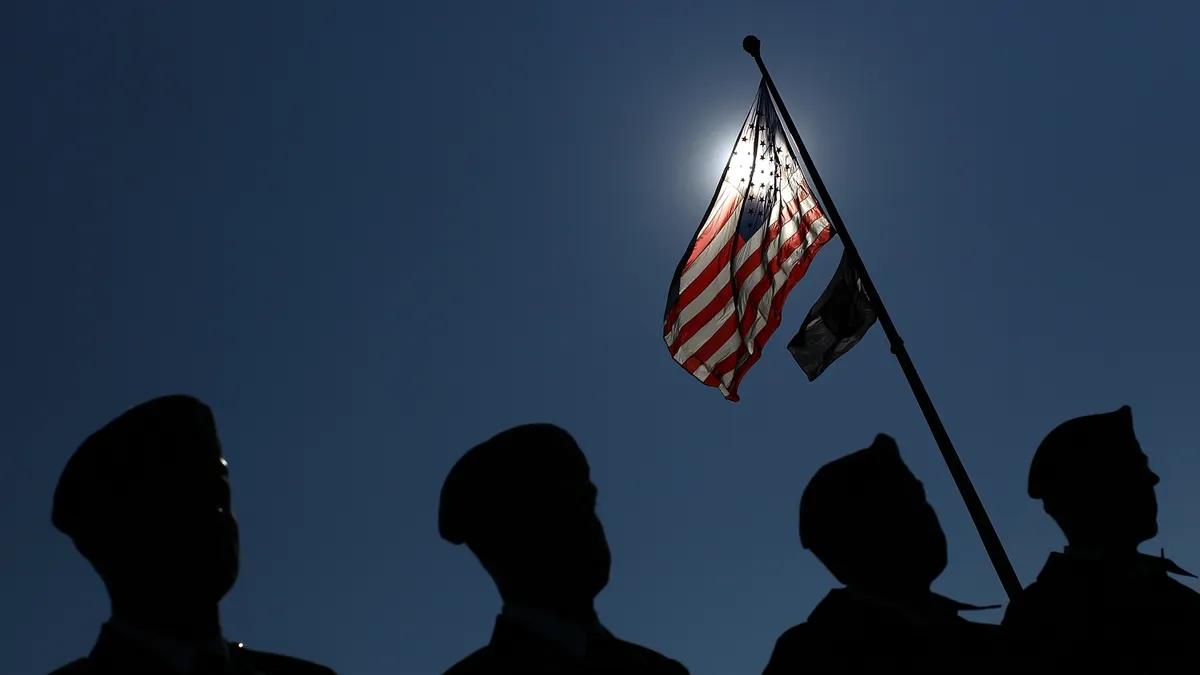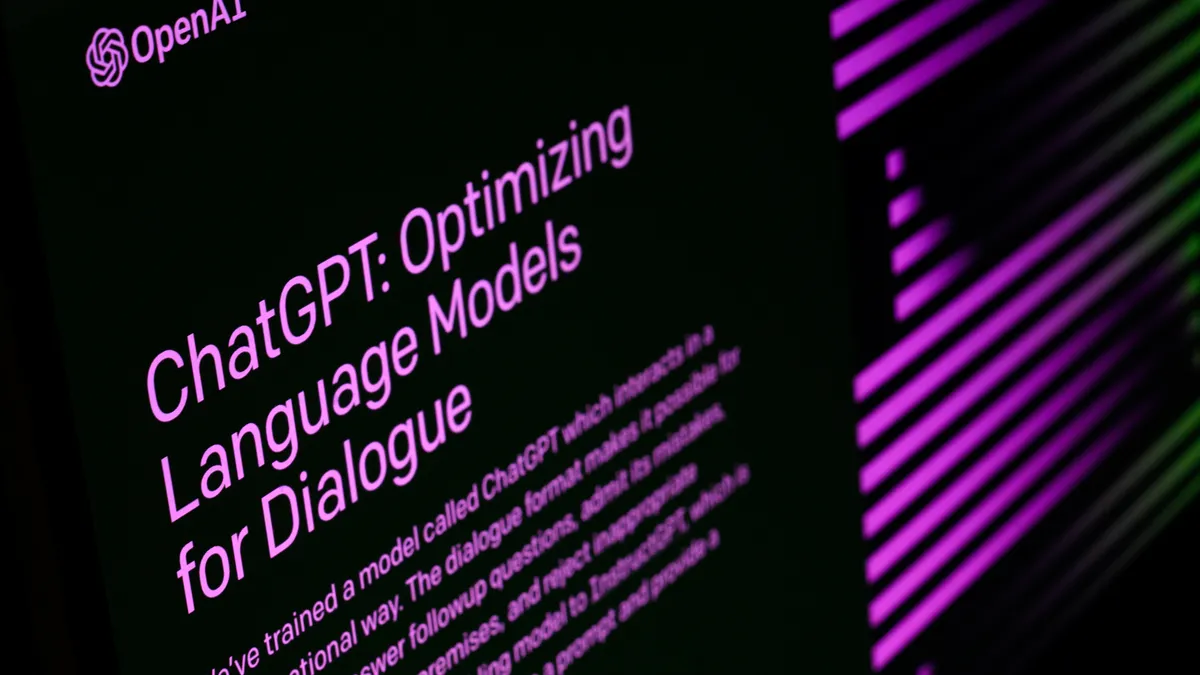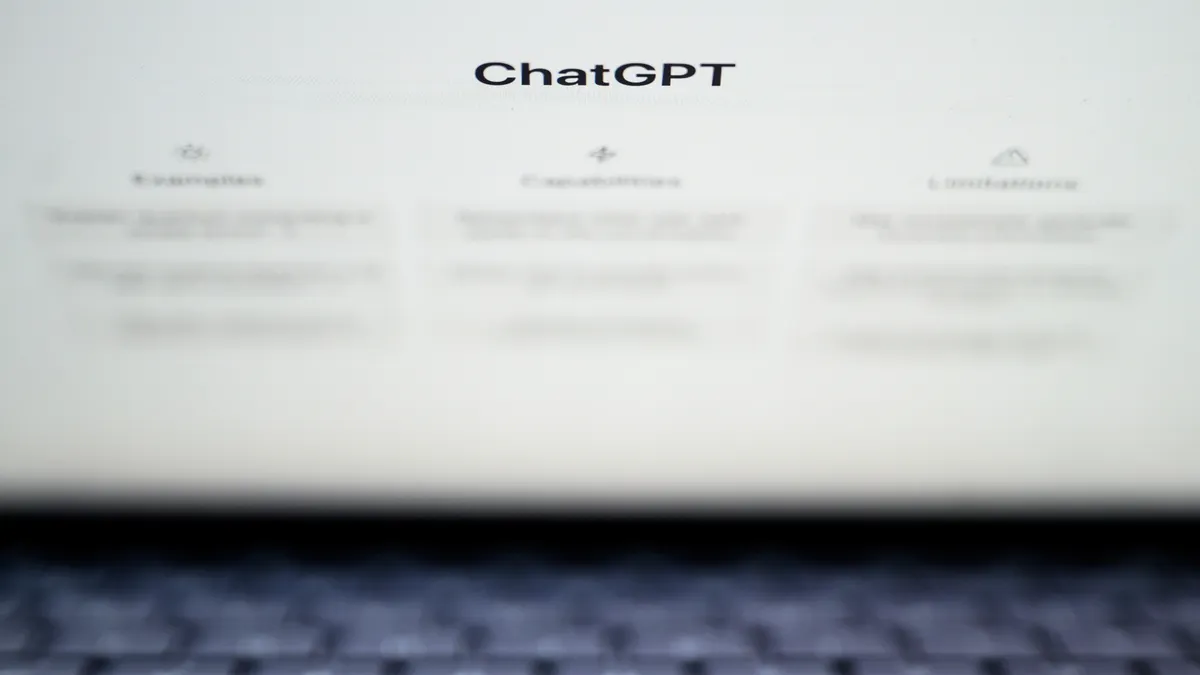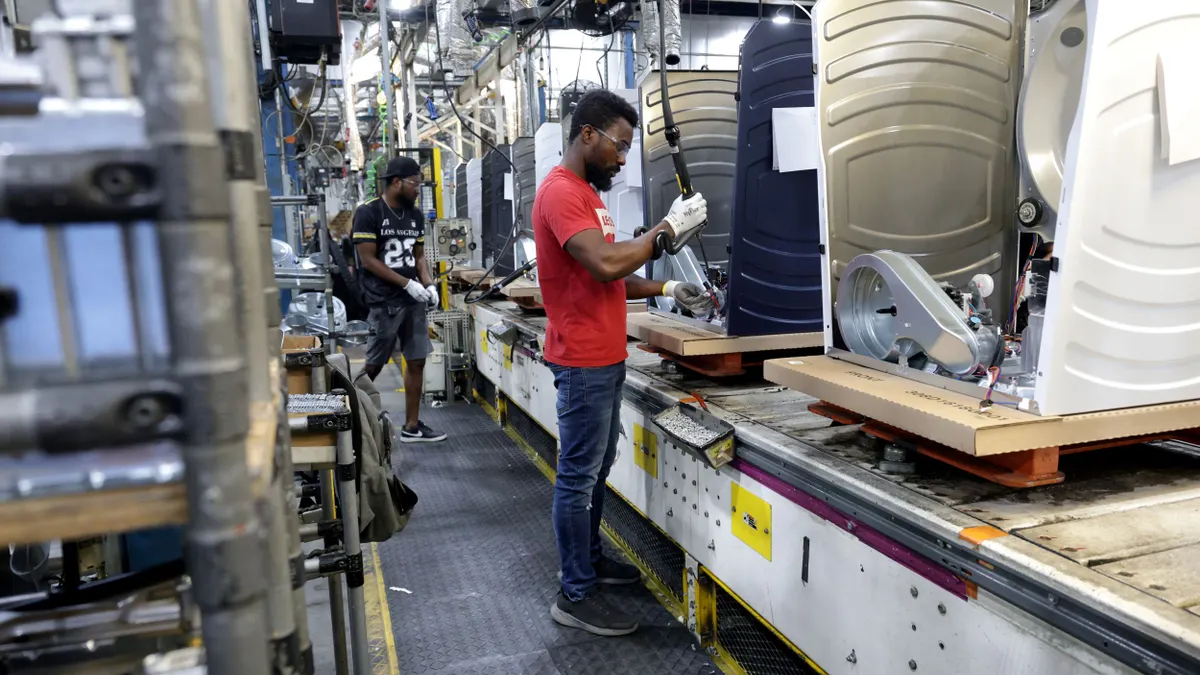More than 8 million: That’s the number of U.S. military veterans who participated in the civilian labor force in 2024, according to the U.S. Bureau of Labor Statistics, representing at least 5% of the total labor force. Veterans represent a sizable population that could help employers address urgent skill shortages, but they are often an untapped resource, according to a 2023 McKinsey & Co. report.
Advocates and community partners like Ray Newby are working to change that reality, however. Newby, a regional veterans employment representative for the Maryland Department of Labor, has been connecting veterans with employers in the state for eight years.
Veterans are an asset to companies because of their experience with problem-solving, and the lessons in loyalty and resilience imparted to them as part of their service, he said in an interview. Newby, a 22-year veteran of the U.S. Marines, added that his fellow service members are eager to work and to excel in their jobs: “We know we have to get the job done.”
HR teams can take several steps to improve their recruitment and retention of veterans.
1. Know which skills transfer and how they transfer
Veterans bring a range of skills to the table, including leadership, adaptability and resilience, Mark Elliott, global head of military and veterans affairs at JPMorgan Chase, said in an email to HR Dive.
Veterans also bring knowledge of managing complex systems and leading diverse teams, “often in environments where precision and accountability are critical,” Elliott added.
This population’s technological experience applies to a variety of fields, he continued. Manufacturing employers, for example, may benefit from veterans’ work with 3D printing; healthcare occupations may be apt for those who have worked with telemedicine and field care. In agriculture, service members who have specialized in food security and sustainability have skills that directly translate to equivalent civilian roles.
“Today’s military is a technology-driven environment,” Elliott said. “Nearly everything a service member does involves advanced systems, from weapons to communications, and they’re trained to use those technologies to complete the mission.”
Newby said he has seen a lot of interest from veterans in fields like information technology, medicine and construction — the latter being particularly attractive to former combat engineers who are tasked with demolishing and remodeling structures. “They want to try to stay in that field after receiving all of that training, and it’s easier to transition to that,” he added.
2. Adjust your job descriptions to match vets’ experiences
Veterans’ experiences are not homogeneous, and it can be difficult at times to connect the skills they’ve learned during their service to civilian job duties, sources previously told HR Dive.
But a skills-focused approach to building talent pipelines, and an emphasis on leadership, technical experience and problem-solving skill sets can make this process easier, Elliott said.
Employers also can adjust their job descriptions to ensure veterans can better understand when the similarities between the criteria of a job match their own skills, Newby said. Simultaneously, he said he works with veteran job candidates to help them translate their qualifications to match the language used in the civilian workforce.
Newby pointed to resources such as the U.S. Department of Labor’s O*NET program, which maintains a database of occupational characteristics and requirements for public reference. The goal for employers, he said, is to “make it as easy as possible for that veteran to work.”
3. Do proactive outreach, and make note of what community partners are doing
Communication is the top consideration for employers seeking to hire veterans. Tapping into the veteran workforce will likely require attending job fairs and similar events that allow former service members to interact with them.
In his role, Newby often helps put together in-person hiring events where a number of companies are present; this partnership approach can be particularly effective, he said, as it provides insight into both what employers need and which candidates represent the best potential fit.
Elliott echoed the need for active outreach to build more inclusive hiring pipelines. Similarly, he suggested employers engage with external partners. One example he gave: the U.S. Department of Defense’s SkillBridge program, which connects employers with service members who are transitioning to the civilian workforce, in an effort to help participants gain work experience before the end of their service.
There are also interorganization partnerships such as the Veteran Jobs Mission, said Elliott, who also serves as Veteran Jobs Mission’s advisory board chair. As of September 2025, the partnership of more than 315 private-sector companies announced that members had hired more than 1 million veterans since its 2011 founding.
4. Use public resources, if available near you
Employers may be able to seek out state and local government programs to assist in their veteran hiring efforts.
In Maryland, employers and job seekers alike can utilize the state’s Maryland Workforce Exchange website to search for registered job candidates by criteria including veteran status. Candidates upload their resumes directly to the exchange, so employers have direct access to it, Newby said.
“It makes it easier for that veteran or that job seeker to reach out to the company, or if the company is at a job fair, to go to that job fair,” he added.
5. Help new hires make the adjustment
After onboarding is completed, employers can adopt several strategies to ensure that newly hired veterans can work effectively. This may include peer mentorship programs or check-ins with leaders, Elliott said.
At his employer, JPMorgan Chase, the veterans’ development program includes two year-long rotations across different areas of the business. The firm also has an employee resource group for veterans.
“Hiring is only the first step,” Elliott said. “The true measure of success is how well veterans can transition, grow and build lasting careers after military service.”
Working in a civilian job can present a very different cultural experience when compared to military life, Newby said. As part of his job, Newby tracks hired veterans up to six months post-hire to ensure a smooth transition.
A common sticking point can be how businesses communicate information and assignments. In the corporate world, information often travels slower and in a less straightforward manner than it might in a military setting, Newby said.
“The language is totally different; the culture is different,” he continued. “That’s the hardest part of transitioning over.”
HR departments that don’t have a veteran on staff who is familiar with such transitions also may opt to seek out training or learning programs to that effect, Newby said.





















